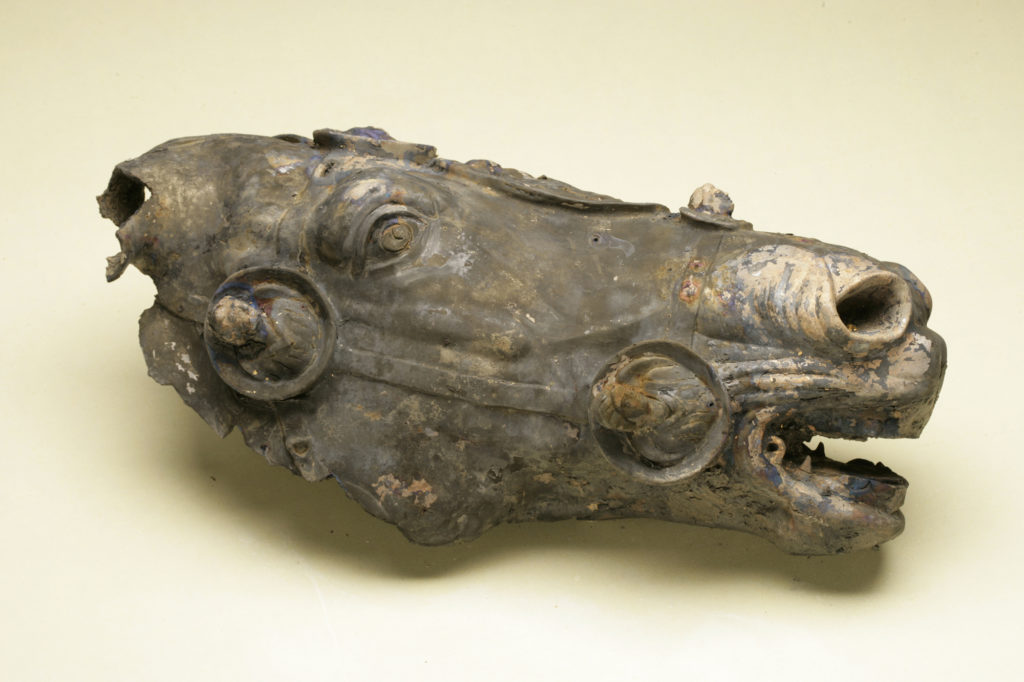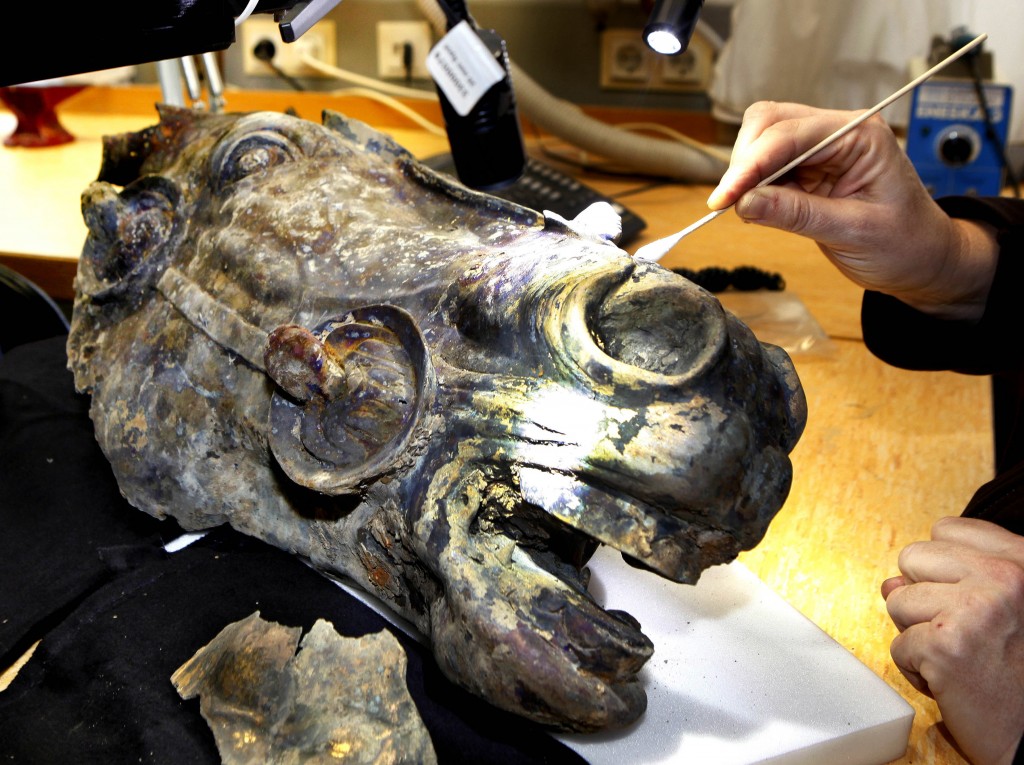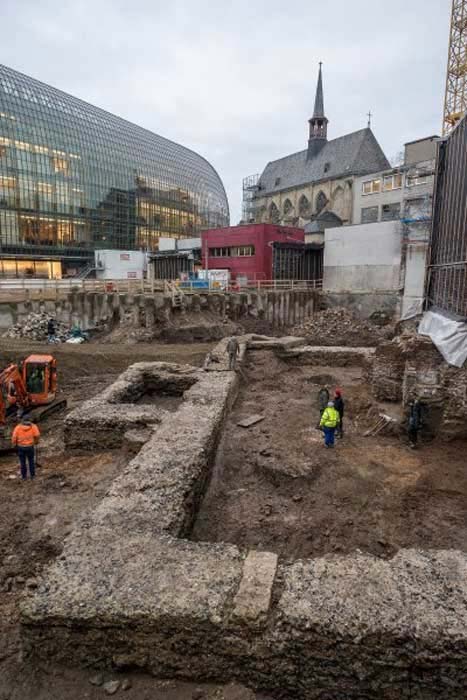In Lahnau, Germany, an archaeologist unearthed a Roman bronze sculpture, recognizing its rarity and value.

The landowner was compensated for the discovery of the bronze horse head retrieved from the depths of his well, and initially, everyone appeared content with the arrangement. However, fresh details have surfaced, revealing a development that has incurred significant costs for the local government.
Unearthed at the farm in 2009, the 2,000-year-old Roman horse head was procured by a man, whose identity remained undisclosed by the media. Initially, he received 48,000 euros (approximately $55,946) for the fragment of the sculpture from Daily Sabah.

The farmer appeared content with the compensation until he realized, as reported by BBC News, “the significance and worth of the discovery, hailed as one of the most well-preserved Roman bronzes globally.”
This find holds great importance. Scholars suggest that the horse head, adorned with golden leaves, dates back to 9 AD and was originally part of a grand statue depicting Augustus astride a horse.
Born Gaius Octavius Thurinus (September 23, 63 BC – August 19, 14 AD), and previously known as Octavian prior to assuming leadership of Rome, Augustus was the adopted son of the renowned Roman dictator, Julius Caesar.
Following the events of the Battle of Actium in 31 BC, Augustus ascended to become the inaugural Roman emperor. Emperor Augustus reigned for four decades before his passing.

He is remembered for his victory against his enemies Mark Antony and Cleopatra, but also for his patience and efficiency. His administrative skills helped him create lasting peace and prosperity for his empire. Augustus’ government was autocratic, but he knew how to hide that fact under well-made propaganda.
He was politically ruthless and sometimes even cruel, but his temper apparently cooled as his time as emperor progressed. Augustus also had an interest in philosophy and poetry, which led him to write on both topics.
Even today, Augustus is considered one of the most effective, if controversial, Roman leaders. There are numerous statues and busts of this Roman emperor.

The bronze Roman horse head from the German farmer’s estate weighs about 55 pounds (24.95 kg) and is almost 20 inches (50.8 cm) long. He was found underwater in a 36-foot (10.97 meter) well. Experts believe the artifact was probably abandoned when city residents had to flee a surprise attack.
Once the farmer realized the importance of the Roman bronze sculpture, he decided to sue the government for better payment.
The Limburg regional court decided on July 27 that the local government now owes the farmer 773,000 euros (about $904,000) plus interest. That is about half the estimated value of the Roman bronze horse head.
It is unknown whether local authorities will appeal the court’s decision.

Another fascinating Roman discovery was announced in Germany. Construction workers found the walls of a Roman library built about 2,000 years ago in the heart of Cologne. They are believed to be the oldest ruins of a public library in the country.




